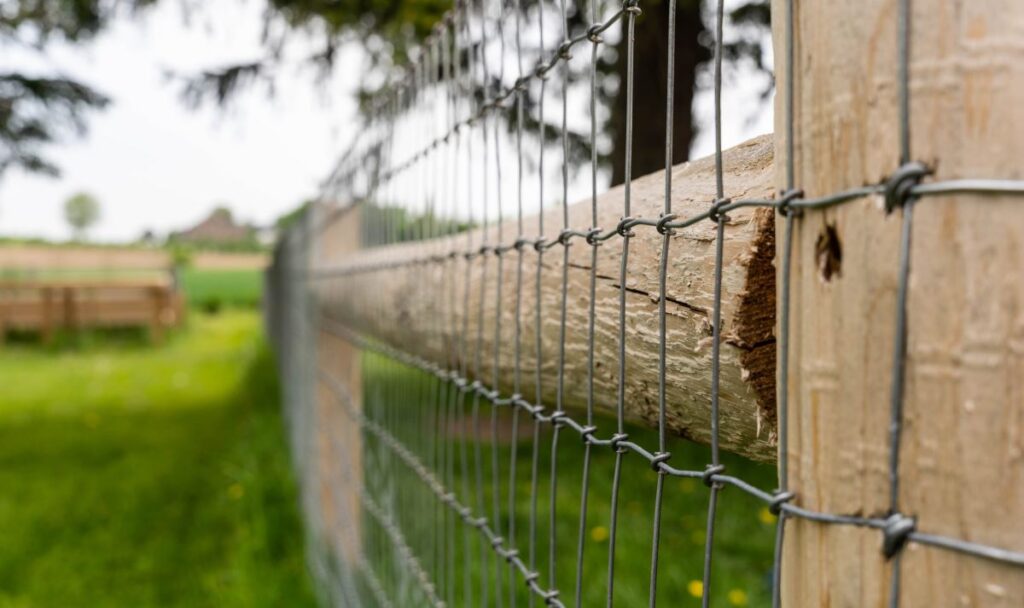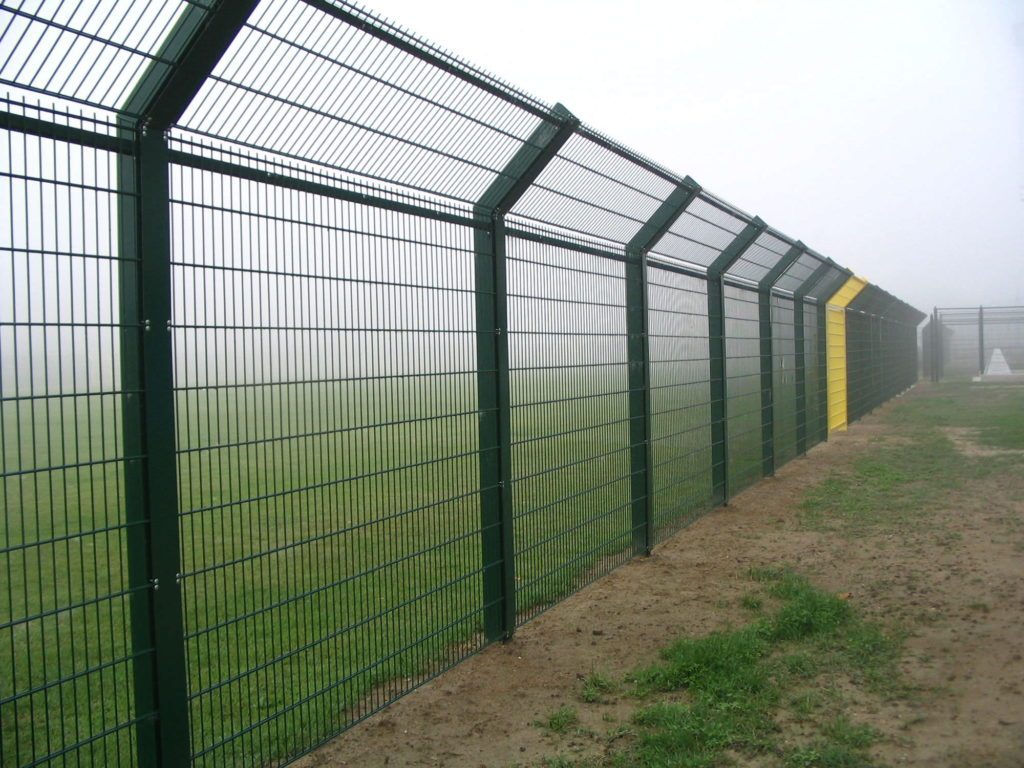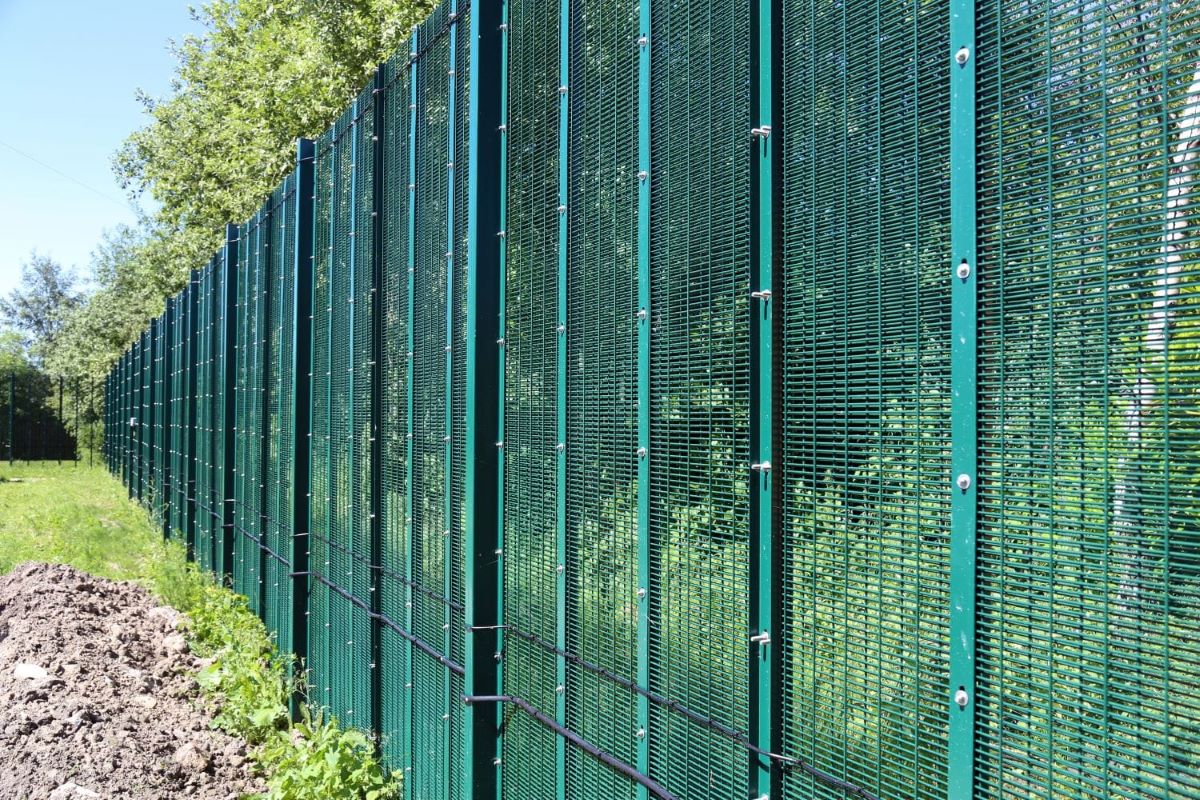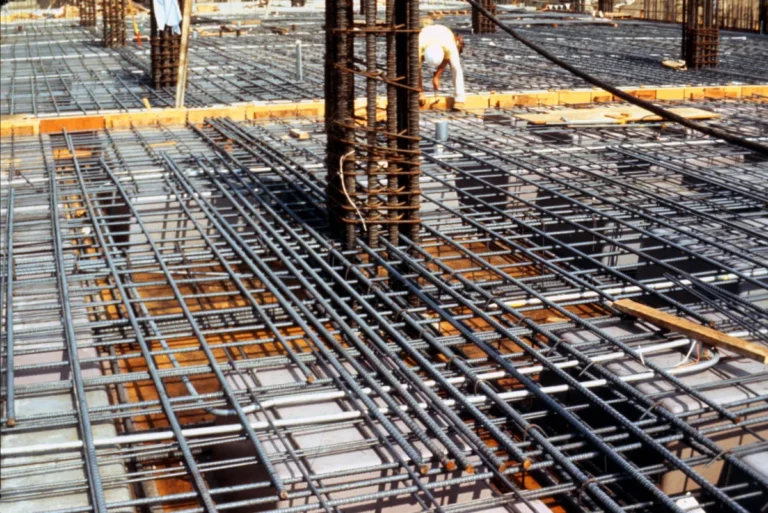How Mesh Fencing and Site Mesh Improve Security and Safety
What is Mesh Fencing and Site Mesh and Why Are They Important for Security and Safety?
Mesh fencing is a flexible security solution made from welded wire panels or chain link materials. It is designed to create physical barriers around construction sites, industrial facilities, and temporary work areas. On the other hand, site mesh specifically refers to temporary fencing systems that provide immediate control over the perimeter while still allowing visibility and airflow through the protected area.
These systems serve several important purposes in protecting construction sites. Here are some key functions they perform:
- Preventing unauthorised access: Mesh fencing establishes clear boundaries that stop people from entering dangerous work areas without permission. This protects both workers and the general public from potential risks.
- Maintaining visual oversight: The open weave design of mesh fencing allows supervisors to see what activities are happening inside the enclosed space. This helps them keep an eye on things and ensure safety protocols are being followed.
- Securing valuable equipment: Construction sites often have expensive machinery and materials stored overnight. Mesh fencing acts as a deterrent against theft by making it more difficult for intruders to access these assets.
- Reducing liability exposure: By clearly defining where the construction site begins and ends, mesh fencing can help limit potential injury claims from passersby or nearby property owners.
In addition to these security benefits, site mesh safety offers advantages beyond just protecting against theft or unauthorised entry:
- Containing debris and dust: Construction projects can generate debris, dust, and small materials that pose hazards to nearby properties or pedestrians. Site mesh can be used to contain these elements within the work area, minimising their impact on surrounding environments.
- Allowing rapid deployment: Projects often require quick setup and takedown of barriers as they progress. Lightweight yet durable site mesh systems can be easily installed or reconfigured based on changing project needs.
Modern mesh fencing solutions go hand-in-hand with other safety measures implemented at construction sites. By integrating different strategies such as signage, training programs, or personal protective equipment (PPE), comprehensive protection plans can be established that address both security threats and workplace safety requirements across various construction settings.
How Does Mesh Fencing Act as a Strong Physical Barrier Against Intruders and Unauthorised Access?
Welded wire mesh security is the foundation of effective perimeter protection due to its strong construction. The welding process creates continuous joints between horizontal and vertical wires, eliminating weak points that bolt cutters or wire snips could exploit. You’ll find that standard welded mesh requires industrial-grade cutting tools to breach, making it a formidable deterrent against opportunistic intruders who typically carry basic hand tools.
Anti-climb mesh panels take security protection several steps further by incorporating specific design features that frustrate scaling attempts. These panels feature:
- Small aperture sizes (typically 12.7mm x 76.2mm) that prevent fingers and toes from gaining purchase
- Smooth panel surfaces without horizontal rails or decorative elements that could serve as handholds
- Tight mesh spacing that eliminates the possibility of inserting climbing aids or tools
The engineering behind anti-climb design means you’re investing in a system that addresses human behaviour patterns rather than simply creating a tall barrier.
Site access control reaches maximum effectiveness when anti-lift brackets and lockable couplers secure each panel connection point. Anti-lift brackets prevent unauthorised removal by creating mechanical locks that require specific tools and techniques to disengage. Lockable couplers add another security layer by requiring keys or specialised equipment to disconnect panels, ensuring your perimeter remains intact even when subjected to determined tampering attempts.
How Does Site Mesh Enhance Worker Safety and Public Protection on Construction Sites?
Site mesh safety transforms chaotic construction environments into organised, protected workspaces through strategic boundary marking and hazard management. You’ll find that properly installed mesh systems create unmistakable visual barriers that separate dangerous work areas from pedestrian zones, dramatically reducing the likelihood of accidents involving both workers and the general public.
The mesh panels serve as your first line of defence in establishing clear safety perimeters around:
- Excavation sites where fall hazards pose immediate risks
- Heavy machinery operation zones requiring restricted access
- Material storage areas containing potentially dangerous equipment
- Active construction zones with overhead work activities
Debris control becomes significantly more manageable when you combine site mesh with hoarding systems or privacy screens. This integrated approach prevents construction materials, dust, and small debris from escaping the work area and potentially injuring pedestrians or damaging nearby property. The mesh acts as a containment barrier whilst the additional screening provides enhanced protection against wind-blown particles.
Chain and shade mesh options offer varying coverage levels – 50% and 90% – allowing you to select appropriate protection based on specific site requirements. UV-resistant materials ensure your safety barriers maintain their integrity throughout extended project timelines, providing consistent protection regardless of weather conditions. This reliability proves essential for maintaining safety standards across different construction phases.
What Practical Benefits Do Temporary and Semi-Permanent Mesh Fencing Systems Offer for Construction Projects?
Portable mesh fencing has transformed site management with its lightweight design, making it easy to transport and install. You can effortlessly move these systems as project phases change, eliminating the need for permanent installations that become useless once construction is finished. The modular design of these panels allows your team to quickly set up secure perimeters around specific work areas, adapting to evolving site requirements without significant labour investment.
The engineering behind modern mesh systems prioritises efficiency – panels typically weigh 60-80% less than traditional solid barriers while still providing similar security standards. This weight reduction directly leads to lower transportation costs and quicker deployment times across multiple sites.
Crowd control barriers expand the use of mesh fencing beyond construction projects. You’ll find these systems extremely useful for:
- Event management: Securing festival boundaries and directing pedestrian movement
- Industrial areas: Creating temporary barriers around maintenance zones
- Emergency response: Setting up quick containment areas during incidents
- Public works: Managing traffic detours and ensuring pedestrian safety
The flexibility of mesh fencing systems means you’re investing in equipment that serves various purposes throughout its lifespan. Semi-permanent installations are particularly valuable for long-term projects, providing strong security while still being removable when construction phases end. This adaptability ensures that security and safety measures extend beyond immediate construction needs into broader site management strategies.

How Do Mesh Fencing Systems Address Environmental Challenges While Maintaining Security and Safety Standards?
Australia’s harsh outdoor conditions demand UV-resistant site mesh and rust-resistant fencing materials that can withstand extreme weather whilst maintaining their protective functions. You’ll find that modern mesh fencing systems incorporate advanced materials specifically engineered to combat environmental degradation.
How Mesh Fencing Systems Combat Environmental Challenges
Mesh fencing systems are designed to address various environmental challenges while ensuring security and safety standards. Here’s how they do it:
1. UV Resistance
UV-resistant materials form the backbone of durable chain link and shade mesh installations. These specialised polymers and coatings prevent the breakdown of mesh fibres under intense Australian sunlight, ensuring your security barriers remain structurally sound for years. Chain and shade mesh options with 50% and 90% coverage ratings utilise UV-stabilised materials that resist colour fading and material brittleness, maintaining both functionality and appearance.
2. Rust Resistance
Metal components receive rust-resistant coatings that prove essential in coastal environments where salt spray accelerates corrosion. Galvanised steel posts and brackets treated with zinc coatings create a protective barrier against moisture penetration. You’ll appreciate how these treatments extend fence lifespan significantly, reducing replacement costs and maintenance requirements. Additionally, there are various types of metals that can be used in fencing which do not rust or are corrosion resistant, further enhancing durability.
3. Comprehensive Defence
The combination of UV-resistant mesh materials and rust-resistant metal frameworks creates a comprehensive defence against environmental challenges. Your mesh fencing systems maintain their security effectiveness whilst withstanding:
- Prolonged exposure to intense UV radiation
- Salt spray in coastal construction sites
- Temperature fluctuations and thermal expansion
- Heavy rainfall and humidity variations
These environmental protections ensure your investment in mesh fencing delivers consistent security performance regardless of Australia’s challenging climate conditions.
Why Is Proper Installation Crucial for Maximising the Benefits of Mesh Fencing Systems?
Anti-lift bracket installation forms the foundation of effective mesh fencing security. You need to position these brackets at regular intervals along the base of each panel, creating a mechanical barrier that prevents unauthorised removal. When intruders attempt to lift panels from their foundations, properly installed anti-lift brackets engage with the ground-mounted posts, making displacement virtually impossible.
Secure coupling methods between adjacent panels eliminate weak points that compromise the entire system. You should use lockable couplers that create seamless connections between mesh sections. These specialised fasteners resist cutting attempts and prevent panels from being separated or removed without proper tools and authorisation.
Wind resistance becomes critical during severe weather conditions. Incorrectly secured panels can become dangerous projectiles, threatening both property and personnel safety. Your installation must account for local wind loads, ensuring that:
- Base fixings penetrate deep enough into stable ground
- Panel connections distribute wind forces evenly across the structure
- Post spacing matches manufacturer specifications for maximum stability
The integrity of your mesh fencing system depends entirely on installation quality. Rushed or inadequate securing methods create vulnerabilities that determined intruders can exploit. You must verify that each anti-lift bracket sits flush against its mounting surface and that all coupling mechanisms engage fully. Professional installation teams understand these requirements and possess the specialised tools needed to achieve optimal results consistently.
See Also : Reobars and Reinforcing Bars: Key Safety Measures to Follow
How Can Other Safety Measures Be Integrated with Mesh Fencing To Create a Comprehensive Approach to Site Security and Worker Protection?
Scaffold netting worker safety reaches its full potential when you combine it strategically with mesh fencing systems. This dual-layer protection creates an impenetrable barrier against both falling objects and unauthorised access. You’ll find that scaffold netting catches debris, tools, and materials that might otherwise pose serious risks to workers below, while the mesh fencing maintains perimeter security.
The integration works particularly well on multi-storey construction projects where you need protection from multiple angles. Scaffold netting attached to the interior framework protects against vertical hazards, whilst mesh fencing secures the horizontal perimeter. This combination ensures comprehensive coverage that addresses both internal worker safety and external security concerns.
Safety signage integration transforms your mesh fencing into an active communication tool. You can attach warning signs, access restriction notices, and hazard identification markers directly to the fence panels. This approach eliminates the need for separate signage posts, reducing site clutter while maximising visibility.
The strategic placement of signage on mesh fencing creates clear visual boundaries that both workers and the public can easily identify. You’ll achieve better compliance with safety protocols when hazard warnings are prominently displayed at eye level on perimeter fencing. This integrated approach ensures that critical safety information remains visible and accessible, even in challenging weather conditions that might obscure standalone signage.

Conclusion
The benefits of mesh fencing go beyond just keeping the area secure. They offer complete solutions for better site security and protection for workers. By using proper mesh fencing systems and ensuring quality installation methods, you can turn your construction site into a safer and more secure place.
How Mesh Fencing and Site Mesh Improve Security and Safety becomes clear when you combine strong physical barriers with additional safety measures such as scaffold netting and clear signage. When professionals install the fencing, you can be confident that anti-lift brackets are tight, panels are strong, and materials resistant to UV rays will last long.
By working with experienced suppliers who know the specific difficulties faced by construction sites in Australia, you can further enhance these security and safety benefits. Quality mesh fencing systems that are installed and maintained correctly form the basis of complete site protection, ensuring the safety of your workers and the security of your project.


